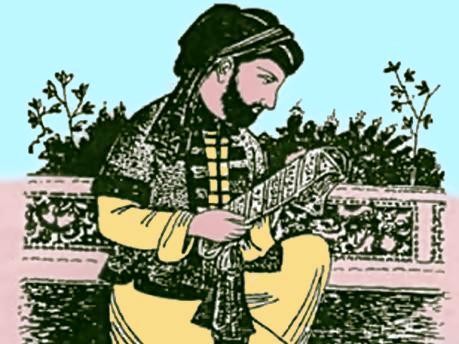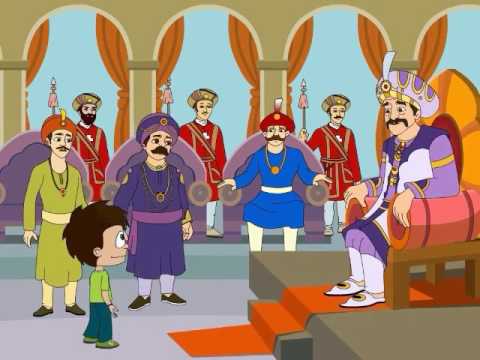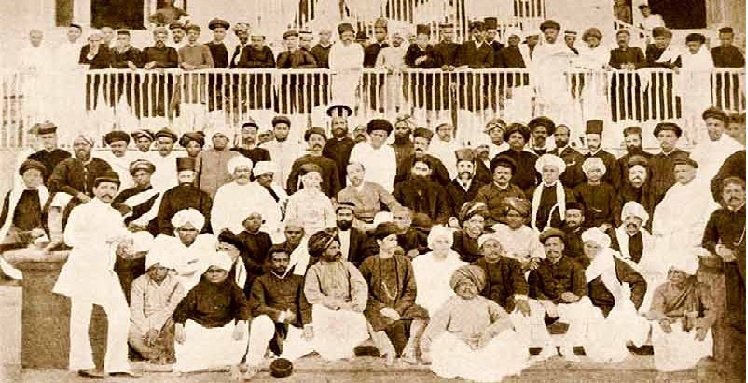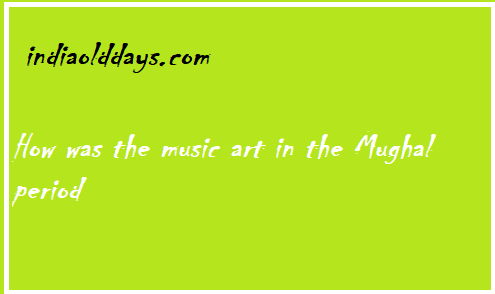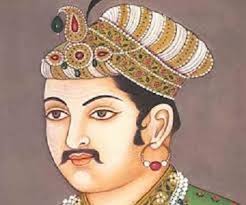Important literary sources of medieval Indian history
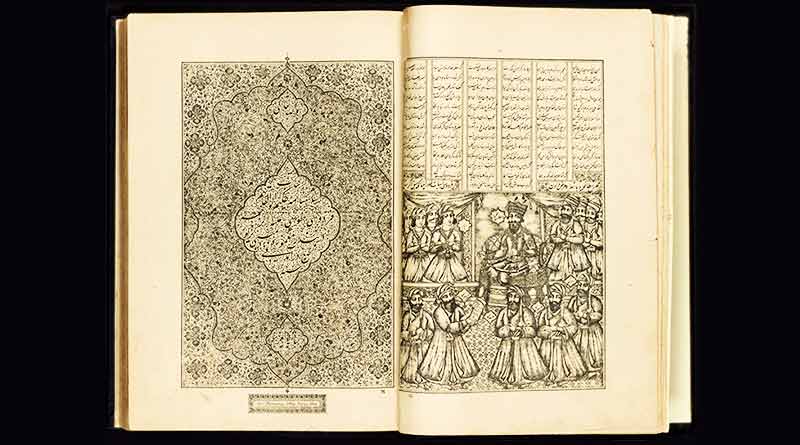
We have enough resources to get information about medieval Indian history. Medieval rulers used to give shelter to historians here, who described the rulers and their conquering campaigns.
Mughal literature is more available than the Sultanate period. These sources are mostly written in Arabic and Persian languages. Most of the sources of Mughal period have been written in Persian language. These historians provide information about political and military activities of most sultans and emperors, and this gives us less information about the social and economic status of the people, for which we have to resort to the contemporary literature sources and details of the travelers who came to India.
Several historical texts were written in the Middle Ages, from which we get information about the political events of this era. After coming in contact with Muslims, Indians too were attracted towards this folk. The mention of civilization and culture in the texts of this period is very rare.
These literary sources have been divided into two parts-
- Sultanate literature
- Mughal literature
Sultanate literature –
These literature provides information about the social, political, economic, religious policy of the era of history.
The Sultanate literature is the following:
- Chaknama / Fathahnama-
The book, Chanchamma, is written in Arabic language. Its authors are unknown. It has also been translated into Persian language. This book describes the history of before Muhammad-bin-Qasim and the history of Sindh after the rule of Qasim. - Law – A -Maamoudi / Jawahir Uljavahir –
In this, Arab invasion has been discussed in Sindh. Its authors are unknown. - Alberuni–
Alberuni was foreigner and in India it came with Mahmood Ghajnavi. He was interested in medicine, religion, philosophy and mathematics. He was also well known for Hindu religion and philosophy.
The creator of theTahkikat-e-Hind was alberuni. This book has been written in Persian language.
Alberuni has described Mehmood’s invasion of India and his influence in his most important treatise ‘Tareekh-ul-Hind‘. He has also described Hindi religion, literature and science. Thus, this book gives information about Mahmood’s attacks and then the social status. Sechau translated this book into English.
Utbee-
Utbee composed the book Tareekh-a-Yamini/ book – ul – Yamini. This book is written in Arabic.
Firdausi –
It was contemporary of Gajnavi. Firdausi composed a book titled Shahnama.
Hassan Nizami –
Hassan Nizami was a court scholar of Qutbuddin Aibak. It composed the book titled Taj- ul -Maasir. This book contains descriptions from 1192 to 1206 AD. This book is the first political compilation of the Delhi Sultanate.
Fakhr-e-Mudawwir-
Fakhr-e-Mudavvir received the protection of Aibak. It composed Adab-ul-Harsh-Wa-Shujaat. In this book, information about Turks’ war system is obtained.
Minhaj-ul-Siraj-
It was the protection of Iltutmish. Minhaj-ul-Siraj had composed Tabakat-e-Nasiri. From the Prophet Muhammad in Tabak-i-Nasiri, from the time of Nasiruddin Mahmud, ie the successor to Iltutmish, which is described as 1260.
Alauddin Anamalik Jubilee-
The name of this author’s book is Tareekh-A-Janhagusha, in which details of Khwarijam prince Jalaluddin Mangbarni pursue India by Changez Khan.
Amir Khusro-
Amir Khusro has composed many books, the following are the major ones, which are asked in the examination unquestionably-
Kiran-Ul-Sadaman –
In this book Delhi has been called Hazrat Delhi.
This book written by them is in verse. This book describes the story of Balban’s son Bugrakha and Kaikubad.
Mifatah-ul-Futul –
This book describes the campaigns of Jalaluddin’s victory. This book is also written in verse.
Khajeen-ul-Futuh (Tareekh-A-Elahi) –
In this book, the description of the South campaign of Alauddin Khilji and the Mongol invasion during its time. In this book, Amir Khusro says that the invention of the string is in India.
Deval-Rani-Khijrakhana (Ashika) –
In this there is a description of Deoldevi and son Kijrkha.
nuh-sipahar-
In this book, he has praised India for two reasons-
- Hindustan Amir Khusro is the birthplace of the land.
- Hindustan is like a garden of heaven.
This book provides information about the events of Mubarakshah Khilji’s time.
Tuglaknama-
It gives description of the events of the time of Gaussuddin.
Ejaz-e-Khusrabbi-
There is a compilation of political letters in it.
Other texts of Amir Khusro-
Apart from the above mentioned texts, Amir Khasro has composed many other texts as follows:
- Majnu-Laila
- Sherene-Khusro
- Hesn-Bihasht
- Date-a-Delhi
- Matla-ul-anwar
- Afzal-wa-kayyad
Nizam-ul-Mulk-Tusi-
He composed a treatise called Siyasatnama. This book contains information about slave-trading, slavery and training activities prevailing in the Turkish rulers.
Jiauddin Barani-
Barani was a fanatic Islamic historian, and he has criticized the liberal policy of Muhammad bin Tughluq and Alauddin Khilji’s Hindus.
The following are the texts written by them:
- Fatwa-e-jhadri
- Tareekh-e- Firoz Shahi
- Fatwah-e-Jahandari- This book gives information about the times of Balban, Alauddin Khilji and Muhammad Tughlaq.
Tareekh-e-Firoz Shahi – This book provides information about the period of Firoz Shah.
Badr-e-Chach-
Texts written by
- Diwan- a- Chach.
- Shahnamama
Diwan -a- Chach – In this, Muhammad bin Tughluq has been praised and reads his compositions in his glory.
Muhammad – Behimad – Khani-
written by them –Tareekh Muhammadi
Isami-
Isamam Muhammad bin Tughlaq was contemporary, but his book is dedicated to Alauddin Bahman Shah (Hasan Gangu), founder of the Bahmani clan (1347 AD) instead of Futuh-i-Salatin Muhammad bin Tughlaq. This book gives description of 999 – 1350 AD.
Ibn Batuta-
Ibn Battuta composed a book named Rehla. It was a resident of Moroko and Muhammad bin Tughlaq was contemporary. In India 1333 AD came to India. Ibn Battuta was in the court of Muhammad bin Tughlaq, but on being found guilty of corruption, Muhammad bin Tughlaq removed him from the position of Qazi and made his messenger to China. And from there it goes back to Moroko.
Al-Umari-
The text written by him is Malik-ul-Alvar in which the descriptions of the economic policies and various schemes of Muhammad bin Tughluq get.
Shams-e-Siraj-Afif-
He had composed the Tarikh-e-Firoz Shahi.
This book describes the achievements of Firoz Shah Tughluq. This is a book dedicated to Firozshah Tughlaq. It is believed that Afeef, Ghazuddin Tughlaq, Muhammad bin Tughluq and Firoz Shah Tughlaq In relation to these three, there were three separate texts written, of which only Tarikh–A-Firoz Shahi has been received.
Sarit-e-Firoz Shahi (author unknown) – In this book, the book of Shams-e-Siraj-Afeef has been given a detailed description of Tarikh-a-Firoz Shahi.
Firuz Tughlaq-
Futusha composed a book named A Firozshahi. This book is the autobiography of Firoz Shah Tughlaq.
Yahiya-bin-Ahmad Sirhindi-
Sirhindi had composed theTarikh -A-Mubarakshahi. This book is dedicated to Mubarakshah, ruler of the Syed dynasty. This book is the only contemporary source of Syed Dynasty history.
Malaphujaat-e-Taimuri (Tujuk-e-Tammoori) – The author of this book is unknown. It is written in Turkish language. This book describes the Turkish heritage and the achievements of Timur.
Sufi literature
This literature is also called Malaphujaat, which is related to Sufism.
The following texts come in Sufi literature:
- Amir-Hasan-Sizzi-
The book written by this author is Fawad-us-kuad. In this book, the teachings and conversations of Nizamuddin Auliya have been described. - Hameed-Kalandar-
Hamid-Kalandhar had composed Khair-ul-Majlis. This book is a compilation of the commentary of Sufi saint Naseeruddin-Chirag-e-Dehalvi.
Burangui literature-
Written literature in the Ahom language of Assam rulers.
Reference : https://www.indiaolddays.com/

